Waterjet Parts Coil 10413 Axis 2 M92 IRB 2400 P24602494
Descrição
REPLACEMENT Robotic Waterjet parts Coil 10413
Robotic Waterjet parts Coil 10413 Description
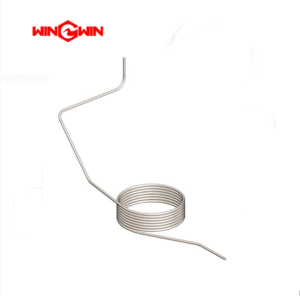
Item number: 10413
Details: Robotic Waterjet parts Coil 10413 used on ABB IRB 2400 Axis 2 robot waterjet cutting system
Made from 66K PSI or 100K PSI Tubing
Pre-Coned and Threaded
Flushed under High Pressure prior to ship
With over 20 years of experience, WINWIN Waterjet has a large archive of coil drawings including:
ABB,FANUC,YASKAWA,KUKA Coils
Shape Process Automation (DRS, KMT, RPT) Coils
Flow Robotics Coils
And More
The development history of waterjet
Waterjet cutting technology has a rich history of development and evolution. Here’s a brief overview of its key milestones:
1950s: Waterjet cutting technology had its roots in the 1950s when high-pressure water jets were first used for industrial applications, primarily for cutting soft materials like paper. Early waterjets used hydraulic intensifiers to generate high-pressure water.
1960s: In the 1960s, waterjet technology started to advance. Researchers and engineers began to explore the use of water jets for cutting a broader range of materials, including metals and composites. These early systems were relatively low-pressure and not as efficient as modern waterjet systems.
1970s: The 1970s marked a significant turning point for waterjet technology. A major breakthrough occurred with the development of abrasive waterjet cutting. By adding abrasive particles (usually garnet) to the high-pressure water stream, waterjets became capable of cutting through hard materials like metal and stone. This innovation greatly expanded the utility of waterjet technology.
1980s: In the 1980s, abrasive waterjet cutting systems became commercially available, and the technology continued to gain popularity. CNC (Computer Numerical Control) systems were integrated into waterjet machines, enabling automated and precise cutting.
1990s: The 1990s saw further advancements in waterjet technology, including increased cutting speeds and improved precision. Waterjet systems became more compact and efficient.
2000s: Waterjet technology continued to evolve, with enhancements in pump technology, control systems, and cutting heads. Waterjet cutting machines became more user-friendly and cost-effective.
2010s: The 2010s brought refinements in waterjet systems, with an emphasis on energy efficiency, eco-friendliness, and improved cutting speeds. Waterjet technology continued to be adopted in various industries, from aerospace and automotive to architecture and food processing.
2020s and Beyond: Waterjet technology continues to evolve, with ongoing research and development focused on increasing efficiency, cutting speeds, and precision. Additionally, the integration of Industry 4.0 concepts, such as data-driven automation and connectivity, is becoming more prevalent in modern waterjet systems.
Today, waterjet cutting is a mature and well-established technology used in a wide range of industries for precision cutting, machining, and surface preparation. It remains a valuable tool for applications where material preservation, precision, and versatility are paramount.
If you are looking for robot waterjet cutting system suppliers or Robotic Water jet Coils suppliers, as well as waterjet technical support needs related to water cutting, please feel free to contact us, we can provide free online support for you.


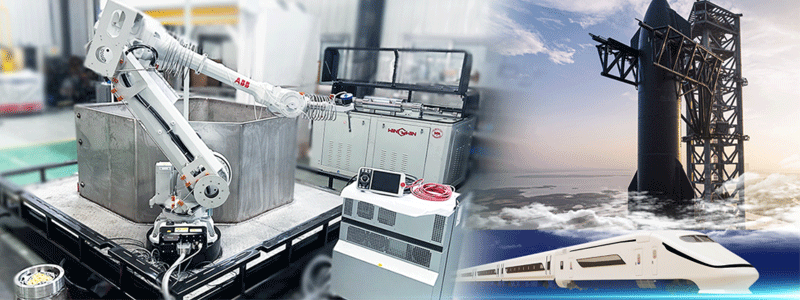
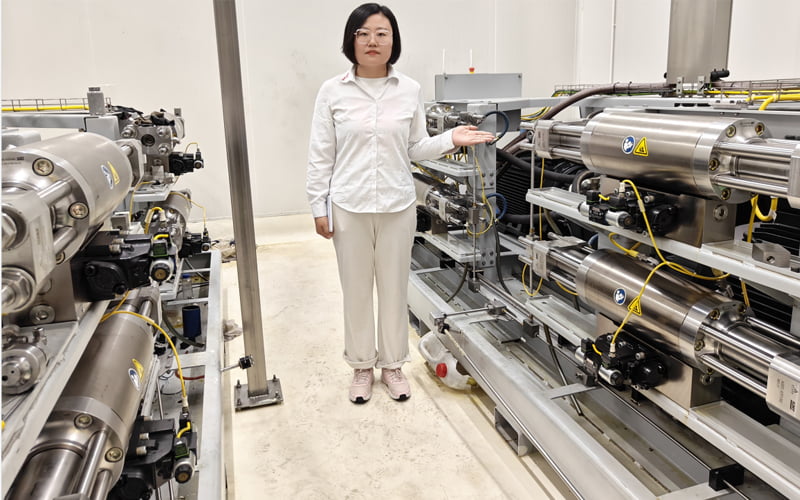
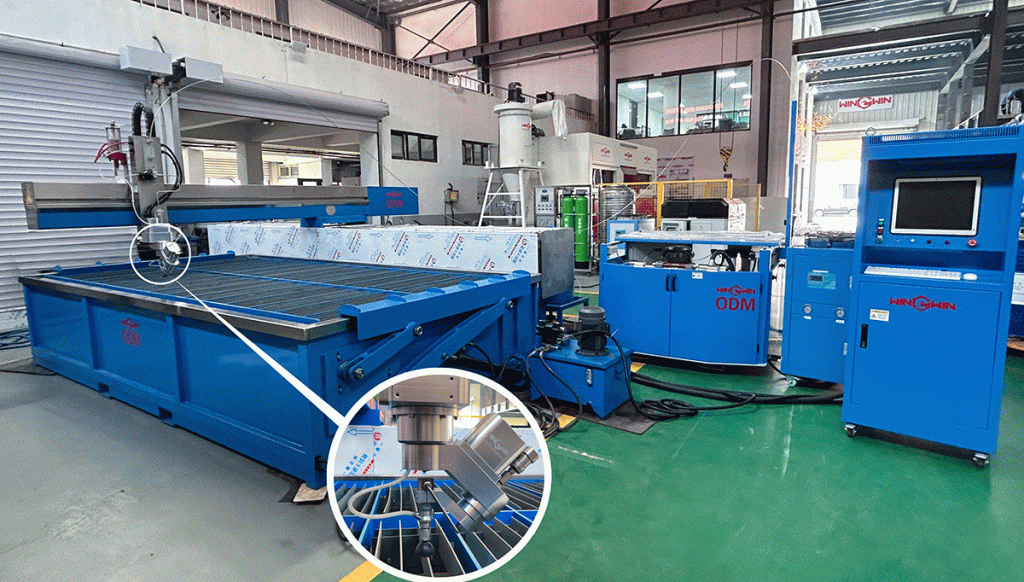
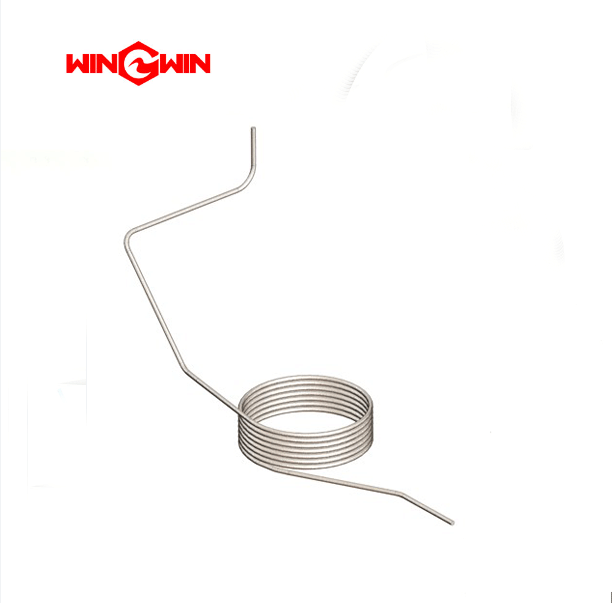
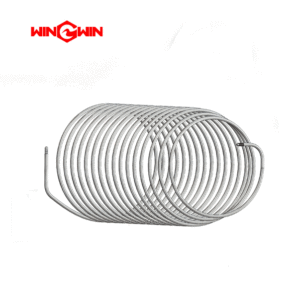
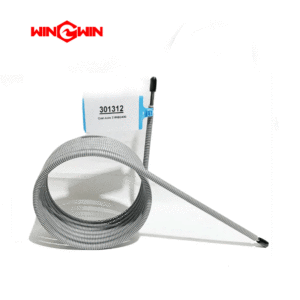
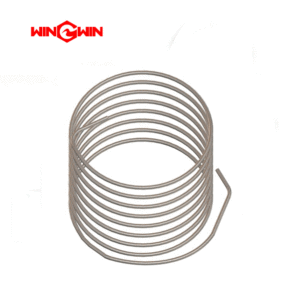
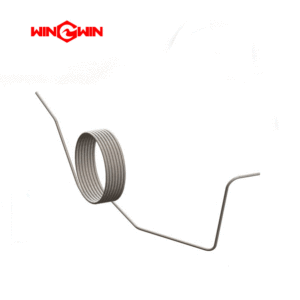
Avaliações
Não há avaliações ainda.